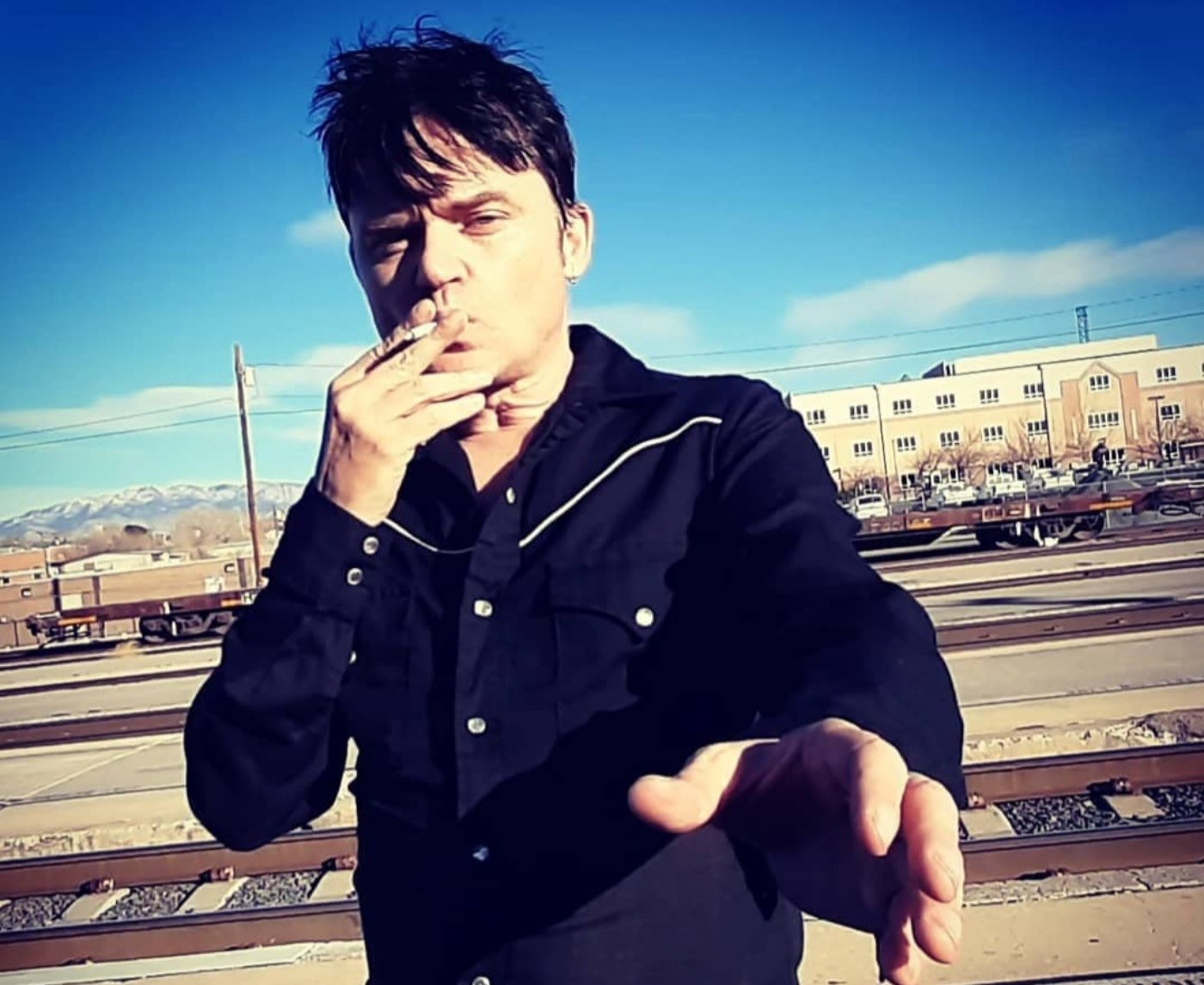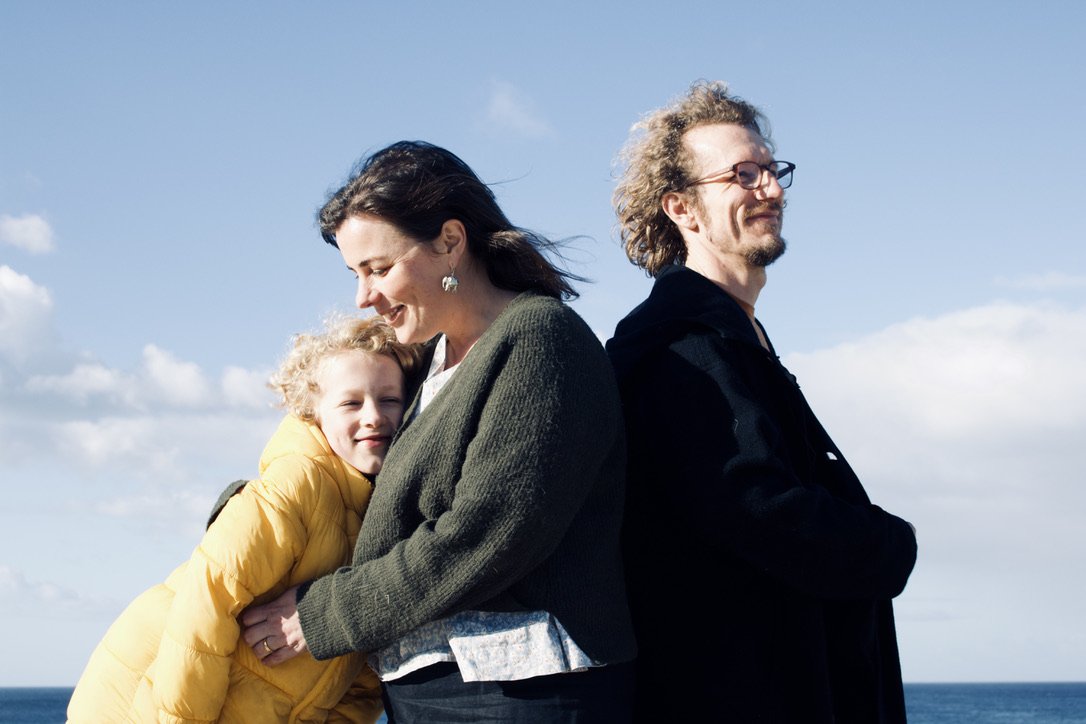Book Review: The Lonely City by Olivia Laing
RACHEL SOO THOW - 31 MAY 2021
Before the Instagram aesthetically pleasing and intelligent inducing novel that was Funny Weather, comes this spectacular piece of literature I discovered at a Hospice Shop by Olivia Laing. The title and the blurb really got me, and I’ve had so many chapters and pages resonate that I was considering annotating (a ‘real’ book reviewer’s way of notetaking) - however the very thought of defacing of a novel, any novel really, seems absolutely out of the question for me. Ok, let us get to this dazzling work of part memoir and part biography: Laing has succeeded in revealing the layers to the subject of ‘loneliness’ and what it means to be lonely and consequently, how we connect with other people and how this has been shown through time through art, artists, technology and relationships.
“What does it feel like to be lonely? It feels like being hungry: like being hungry when everyone around you is readying for a feast.”
If you think about it, everyone encounters some form of loneliness in their lives and as we drive past houses, look into apartments, sit in traffic or spend countless hours doing admin work at our desks, we all find ourselves plummeting into an involuntary solitude. A solitude that brought Laing to ‘possess a desire to find correlates, physical evidence that other people had inhabited my state’ and so begins the journey to immersing herself in the works and the lives of artists and individuals. From Edward Hopper’s ‘Nighthawks’ painting of a diner to Andy Warhol’s life till death, to David Wojnarowicz’s AIDS activism – Laing manages to conduct a lengthy investigation into what loneliness feels like and how these very feelings radiate outwards, making the person who feels lonely increasingly isolated and estranged. These walls of glass take place invisibly and slowly these barriers become enclosing and engulfing; loneliness inhibits empathy and induces a self-protective state whereby each individual acts like a player in a game. Take language for example, some individuals are more skilled than others at socialisation - speech failures, misunderstandings, breakdowns, forgetfulness and even those instances where we cannot grasp a joke are all characteristics of the game. All these things invoke loneliness, forcing us to remind ourselves of how we choose to express our inner feelings to others. What does this tell us? That loneliness seems to precede within isolation, and it is how the individual chooses to interact with the very society they are embedded within that worsens if the individual is already a sharp critic of society.
In the case of Warhol, Laing has successfully delved into the depths of his relationships and his working style - “… don’t get too near me, because I’m not sure what’s there, I don’t want to think about it. I’m not sure I like myself.” His beloved tape recorder unveiled his machine-like aesthetic and his love of recording the messy, superfluous, and chaotic world around him. As for Wojnarowicz, his harrowing experience through the sexual margins of the city, experiencing the introduction of AIDS, contributed to the production of his art. So much of his life was spent trying to escape solitary confinement one way or another and figuring a way out of the prison of the ‘self’ – his work consisted of art and sex; the act of making images and the act of making love. The human body unfortunately becomes seen as ‘meat’. This very objectification is debatable however- sometimes we have that want to be made ‘meat’: to surrender to the body, its hungers, its need for contact but at other times, you want to walk through a street unnoticed, wandering free and invisible.
How about the loneliness experienced through conventional gender roles? The danger of objectification makes individuals feel like they should inhabit just one gender thus breeding loneliness in an individual’s concern to belong - it’s the spectacle of those being forced to participate in the harrowing, non-consensual beauty pageant of society that is one of the loneliest things I’ve ever seen. Are we but individuals who can only be recognised if we dress up as a woman or a man or neither? This is objectification to the extreme and society’s role in rejecting the unwieldy or the strange- therefore certain people and the most vulnerable are in need of connection, but they seem to find themselves permanently on the edge cast beyond the bonds of society.
Laing has uncovered what it means to be lonely and the loneliness that is felt by everyone including myself: her deeply relaxed approach yet concise ability to unveil the loneliness felt through all artists and individuals in history is undeniable. This source of stigma and isolation acts to discredit and devalue the person “… reduced from a whole and usual person to a tainted, discounted one”. Loneliness triggered by virtual exclusion is just as painful versus reality – that miserable rush we experience when messages have been seen and not replied to, invites ignored, friend requests left pending. As Laing delves deep into each experience and linkage to her own experience of loneliness, she does not develop these moments further, perhaps leaving the abyss open to our own interpretation of the solitudes of our own age and what it means to exist in a universe amongst others who are also lonely.


![[Friday Feature] Valere: Interview & Review of Single/Video ‘Lily’s March’](https://images.squarespace-cdn.com/content/v1/60df978127837427ee475bb1/1712873492906-GFSK6SW4FJ2Z2STOJVAM/Valere+-+Photo+Credit+Hayden+Graham+%281%29.jpg)

![[Video Premiere] Sig Wilder & Friends: Video for ‘Texasman’ + Interview](https://images.squarespace-cdn.com/content/v1/60df978127837427ee475bb1/1699397388451-3GDFG0FOA5T5WPA33ANE/IMG_2393.JPG)


![[International] Jackson VanHorn Releases New EP ‘Liminal Music, Vol. 1’](https://images.squarespace-cdn.com/content/v1/60df978127837427ee475bb1/1695708847770-UF5H8G2X7N9Q9KF22TA5/Jackson+VanHorn+Liminal+Music+Vol+1.jpeg)

![[Friday Feature] Jazmine Mary: Interview + New Album ‘Dog’](https://images.squarespace-cdn.com/content/v1/60df978127837427ee475bb1/1686280012940-2OBAFHQ9HIJFIVNYE3CZ/JazmineMary_Album+image+no+text+-+Credit+-+Jim+Tannock.jpg)
![[Video Premiere] Emily Rice Releases New Single/Video ‘Warenoa’](https://images.squarespace-cdn.com/content/v1/60df978127837427ee475bb1/1685044212209-9X8UTD0I22FY3LAGKDHI/Press+Shot_+Photo+Credit%2C+Charles+Looker.jpg)


![[Australia] Benny Time: Interview + New Album ‘Benny and Friends’](https://images.squarespace-cdn.com/content/v1/60df978127837427ee475bb1/1653689671831-U73A00Y16B4PYUPIEY7X/Benny+Time+3596.jpg)











![[International] Alison Clancy: Poised for Greatness](https://images.squarespace-cdn.com/content/v1/60df978127837427ee475bb1/1645751104499-HT5MCDXMERC9SDSW4XW5/Alison+Clancy+Mutant+Gifts+Cover.jpeg)
![[International] Halfway Harbor: ‘Table Stains’](https://images.squarespace-cdn.com/content/v1/60df978127837427ee475bb1/1644389562677-EPD8X84SUDEW0Y5THAX3/HH+Photo+2.JPG)